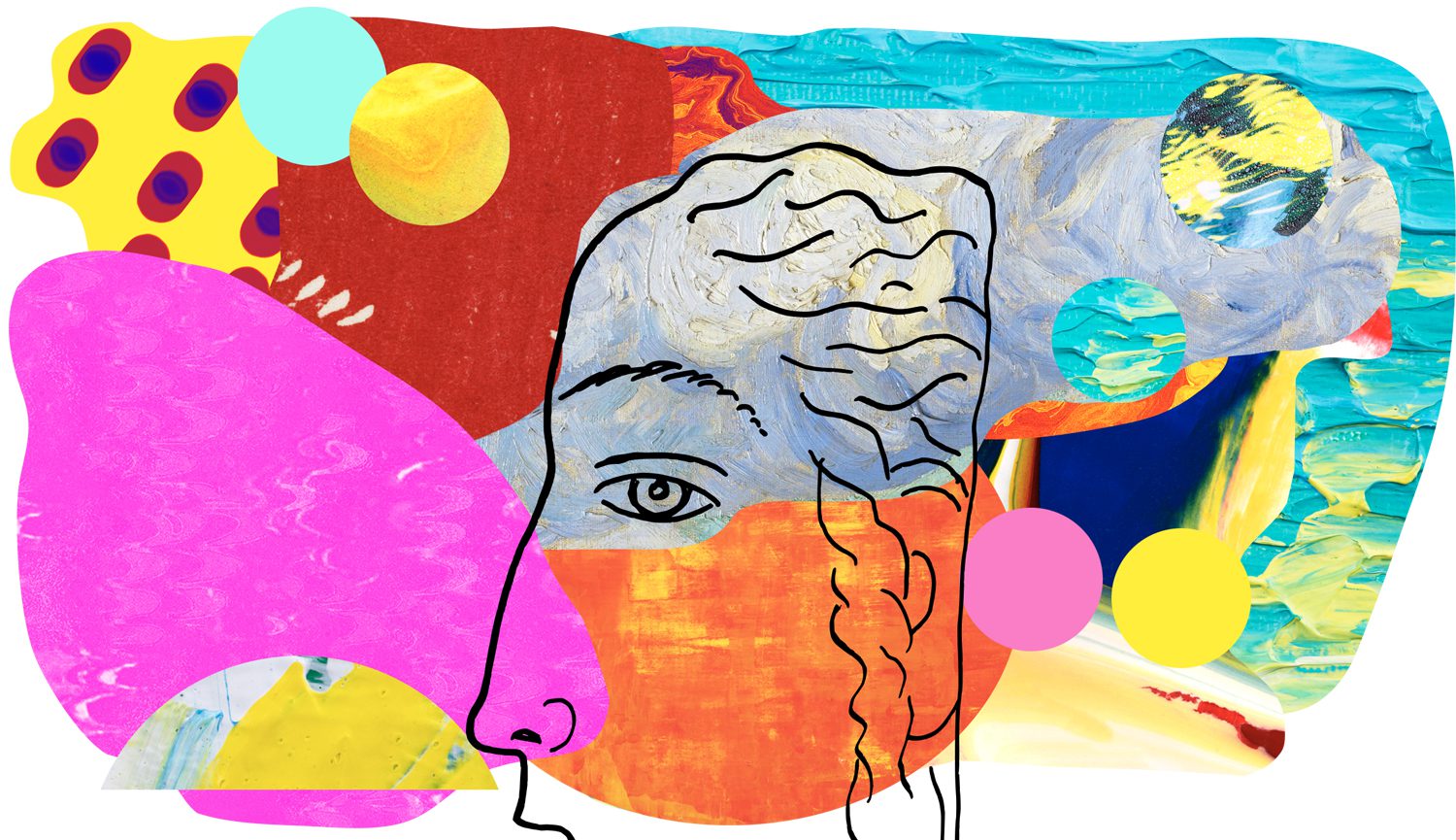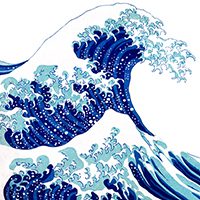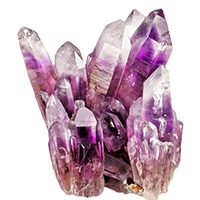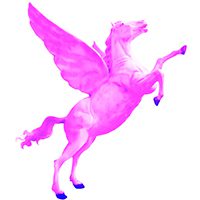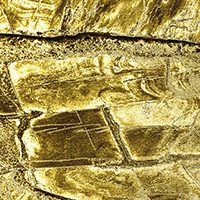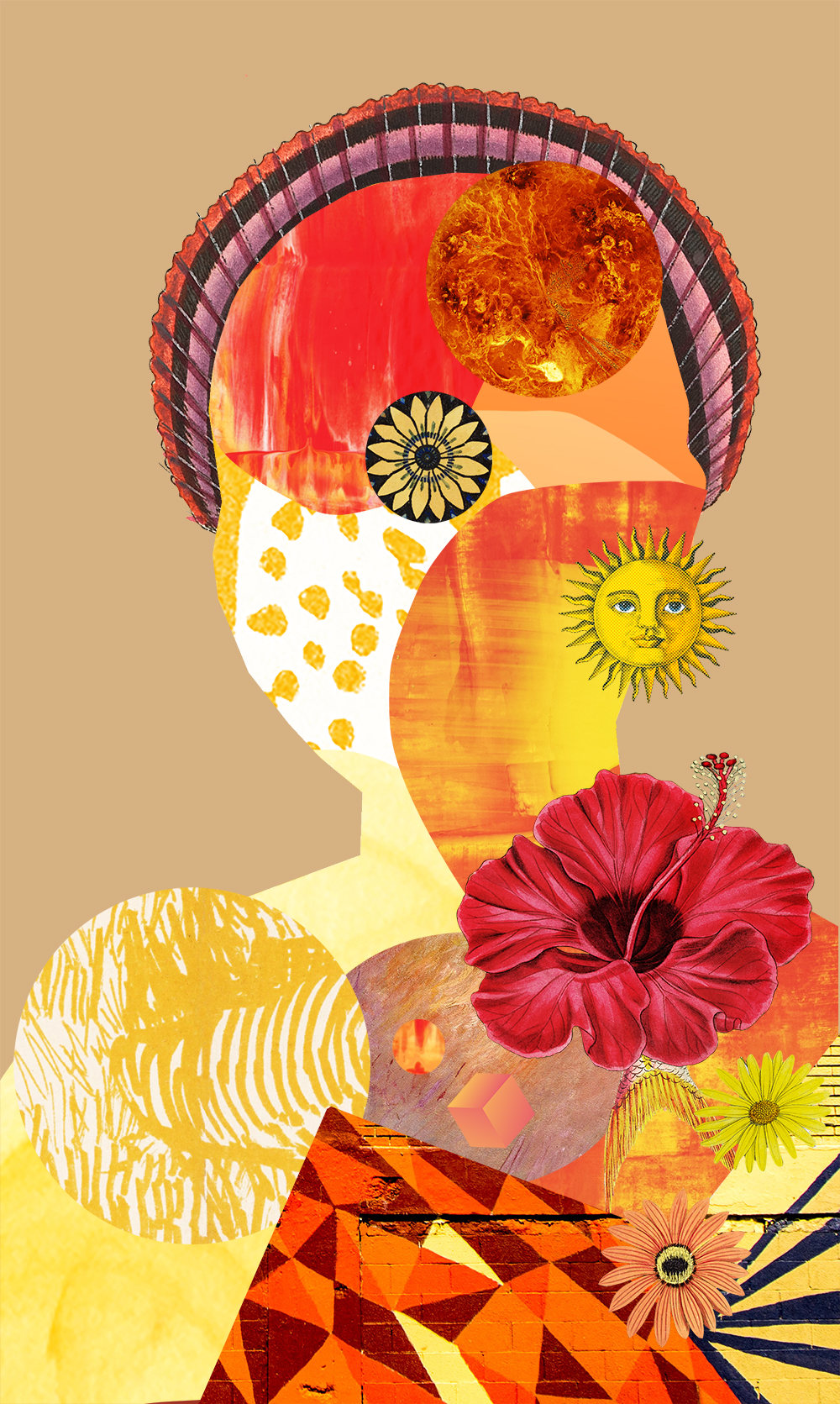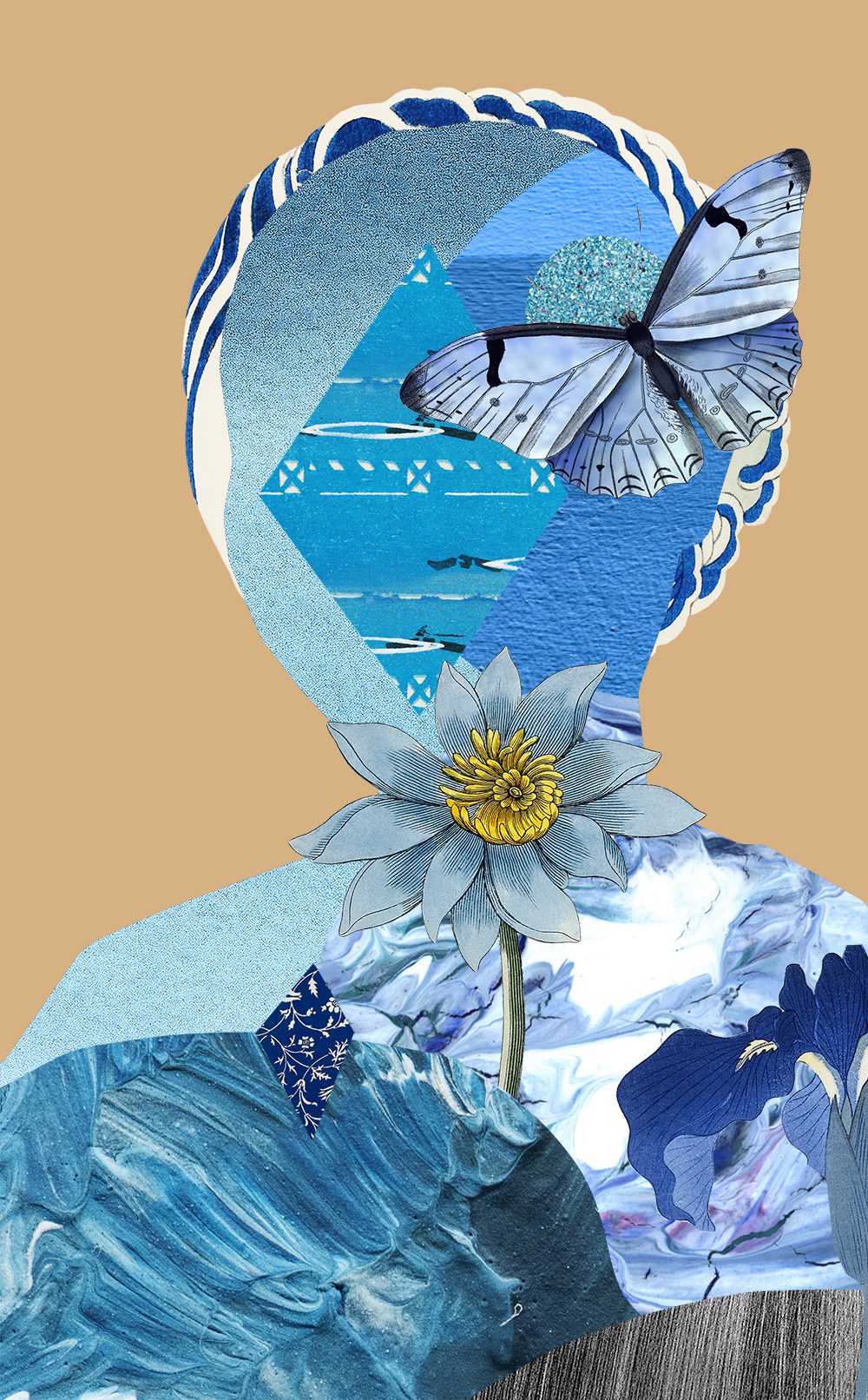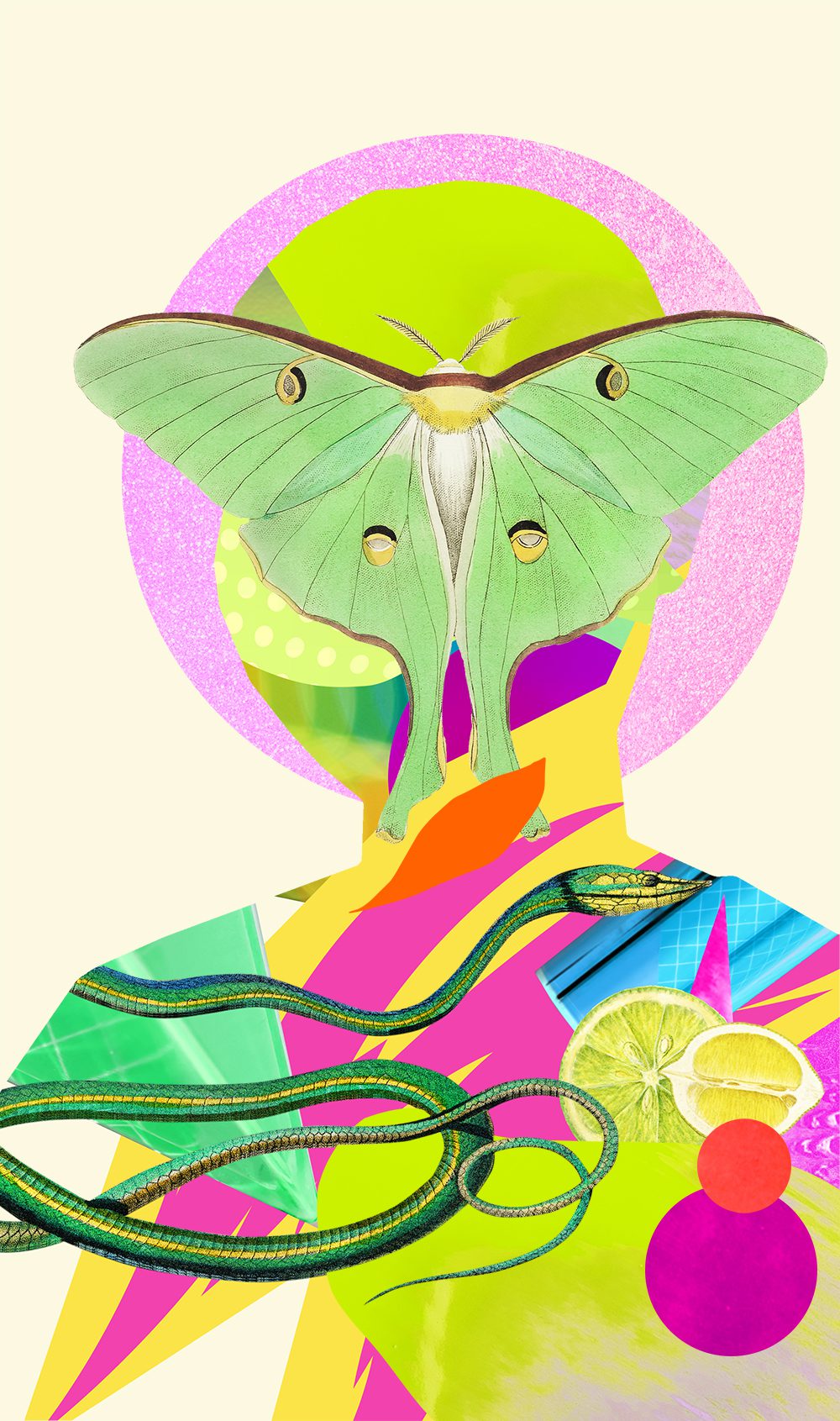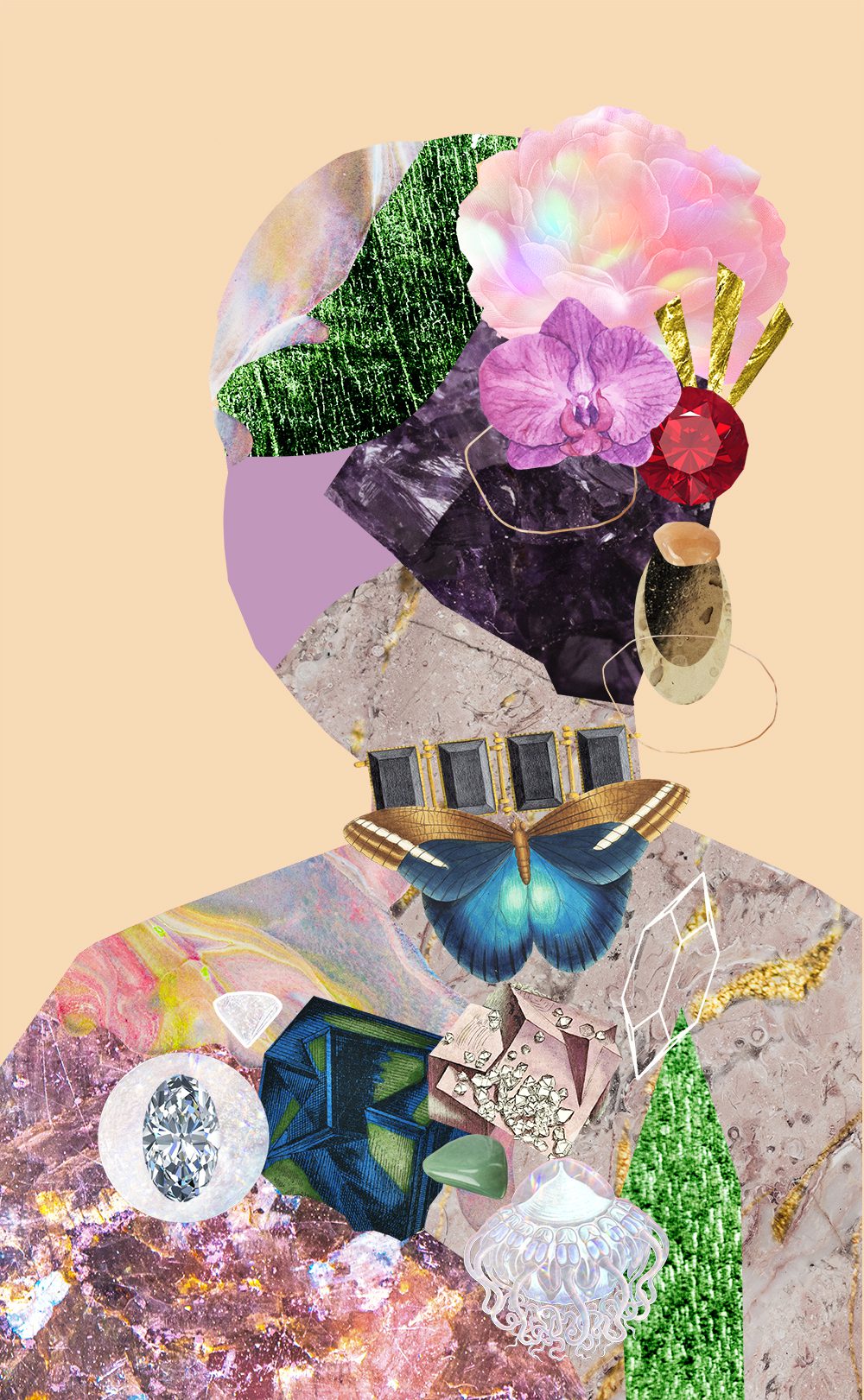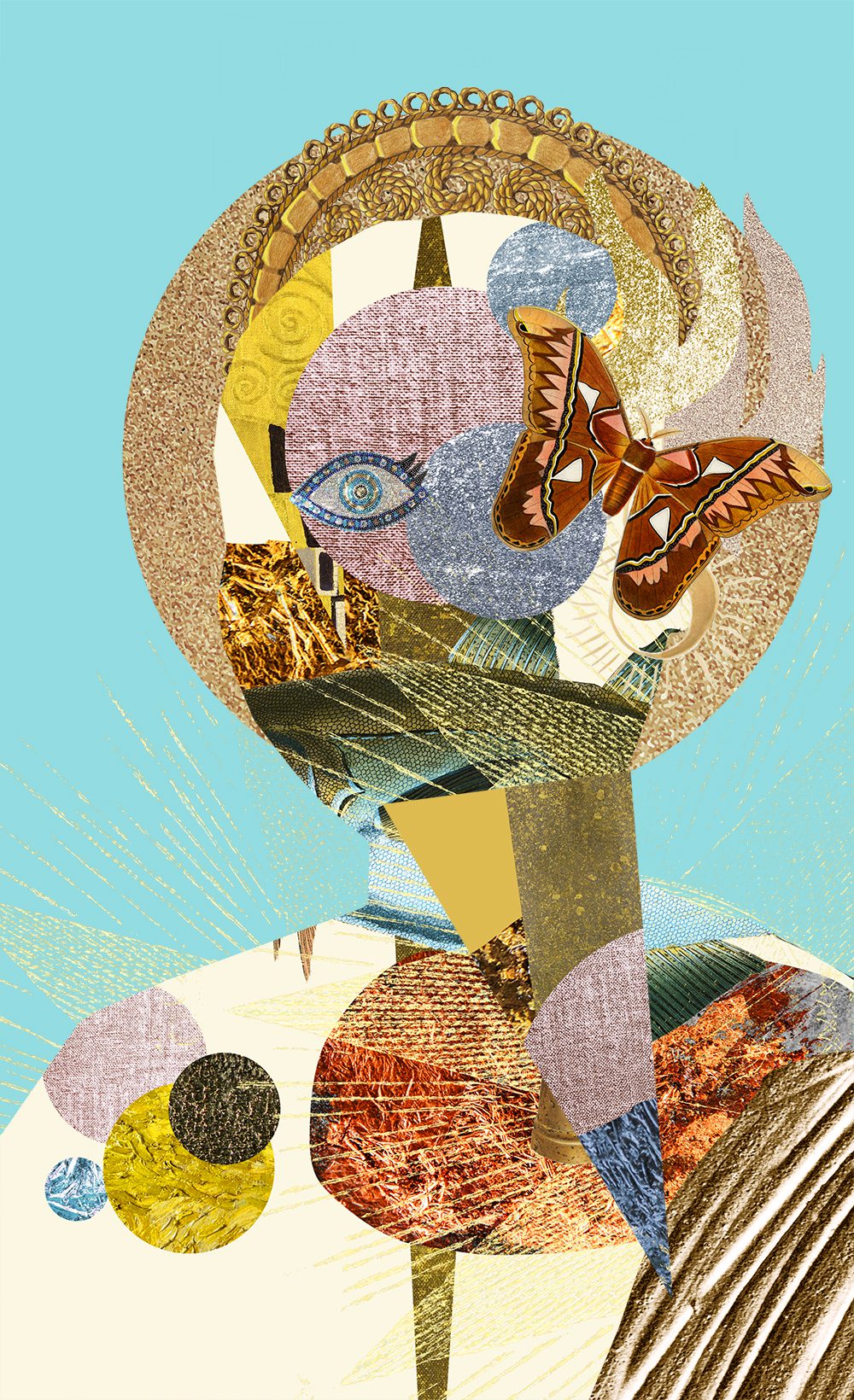
Composition Principles: Rhythm
Composition refers to the arrangement of elements within an artwork. Although art is largely an intuitive practice, by breaking down and putting a spotlight onto individual elements we can evaluate and elevate our art. This series focuses on the principles within composition, so you can cherry-pick your favourite ideas and level up your art practice.
Let’s dive into today’s topic: RHYTHM!
Rhythm Defined
Rhythm is one of the principles of art and refers to the visual tempo/beat of an artwork. Rhythm is how well you execute repetition (created through repeating elements) and helps create visual flow, mood and lead the eye. Often created solely off an artist’s intuition, rhythm can become a main component of an artist’s voice.
A quick refresher: there are 7 elements of art: colour, line, shape, form, texture, value, and space.
I’ll refer to the elements throughout this entry so if you need to explore each element further, please click on the links above.
Pattern vs Repetition (definitions)
A PATTERN is a recurring element in a particular arrangement. It’s natural for human beings to seek out patterns with predictable patterns being soothing.
REPETITION refers to an element that repeats. It may form a pattern and it may not. Repetition will naturally highlight the elements being repeated.
Rhythm Pacing
Like in music, rhythm in visual art can vary in pace – some works are calm and relaxed while others are energetic and active. Rhythm in visual art is controlled by playing with the elements of art and paying attention to the intervals between them – changes to either alter the pattern. You can add interest and surprise to rhythmic patterns by adding emphasis or contrast that interrupts the pattern, pausing the flow momentarily, and letting the eye rest. Too much contrast and variations can lead to discordance, chaos, and an artwork feeling unbalanced.
Five Types of Rhythm
Below are the five types of rhythm with examples to help illustrate the concept.
note: an artwork doesn’t need to conform to one type of rhythm the examples are there to simply highlight each example clearly.
Regular Rhythm
A regular rhythm will contain repeating elements in a specific order or arrangement.
Since the rhythm is predictable and consistent the artwork is often calm in nature, although it can lack interest. (source)

Gene Davis was a color field painter known for his striped artworks. In ‘Sonata’ Gene uses the line element in repetition to create a repeated rhythm.
ALTERNATING RHYTHM
Alternation is used to create rhythm by alternating two or more elements in a regular interval.
The alternating can reduce monotony and provide interest through variety. (source)

Escher alternates between the fish and the bird and the blue and the olive.
Flowing RHYTHM

EMILY KAME KNGWARREYE – Untitled
Emily uses repeated lines in a flowing method. She repeats a similar line but each line is unique and thus creates an organic feeling.
PROGRESSIVE RHYTHM

VINCENT VAN GOGH – Undergrowth with Two Figures
In Undergrowth with Two Figures, vincent repeats the trees. He uses the technique of perspective to create realism.
RANDOM RHYTHM

JACKSON POLLOCK – Splatter Painting
Jackson has great rhythm in his art, it’s completely random but he uses repetition of marks and colours. This rhythm became uniquely his own.
HOMEWORK
Your homework this week is easy!
Below are three paintings can you identify which rhythms they use? (hint may be more than one!)
Answers at bottom of the page.


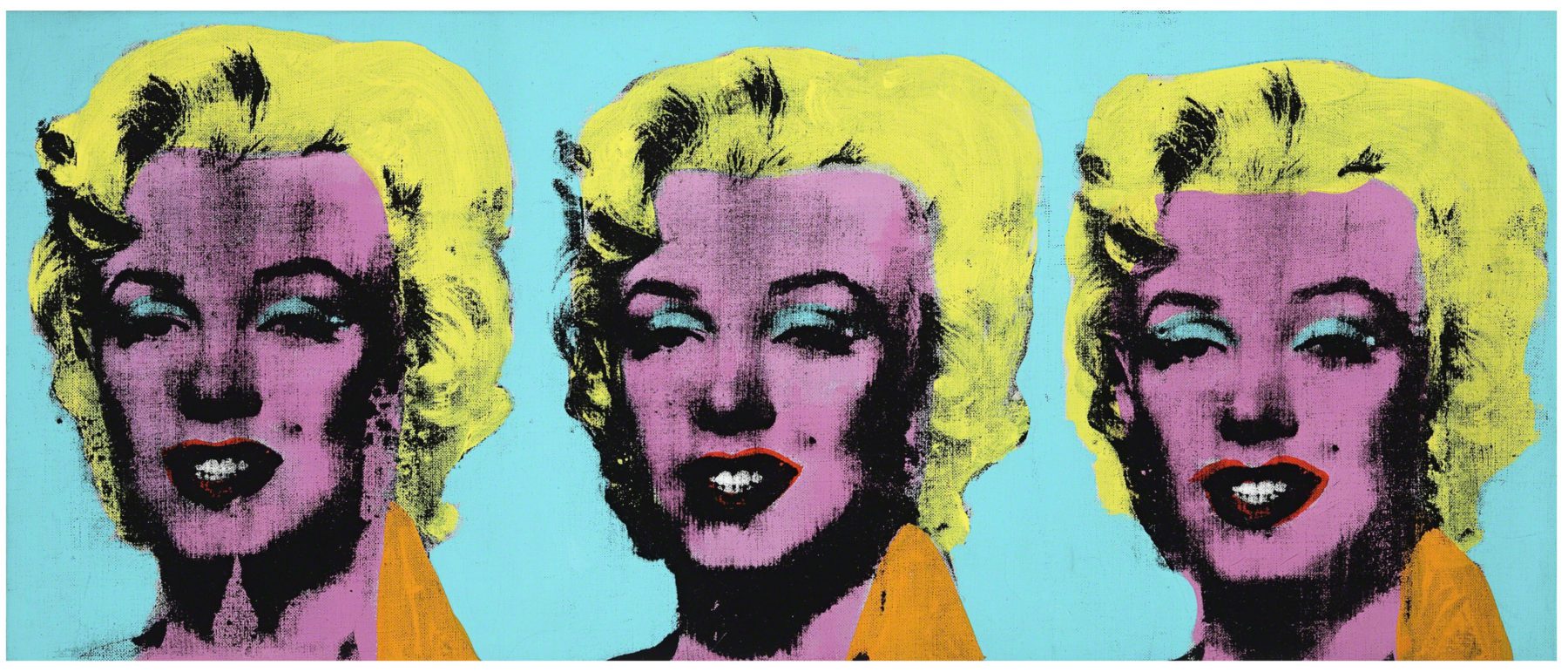
Answers
1) Yayoi uses a random rhythm, with organic linework and dots but she also uses a progressive rhythm, through the increase in dot sizes and the pumpkin layers.
2) Josef uses progressive rhythm, through a colour gradient.
3) Andy uses a regular rhythm, by repeating the image of Marilyn. This repetition does the obvious job of drawing attention to her, linking back to his art message.
* homework bonus point: see if you can start noticing rhythm, in all art! Remember rhythm does not necessarily mean an artist has to use a pattern just repetition of one or more of the elements of art. More than one rhythm can be found in an artwork as well!
–
Want to see what else I do? Come peek over on my insta or grab a freebie when you sign up to my newsletter below 🙂 🙂

